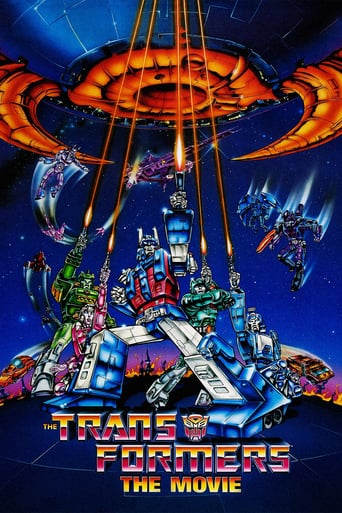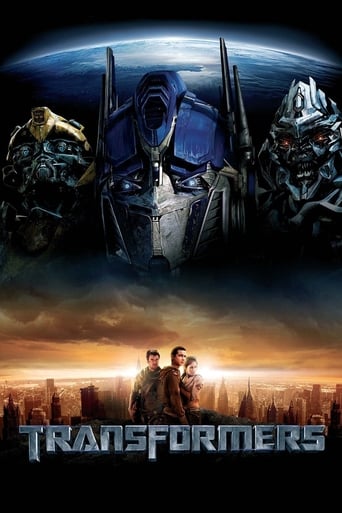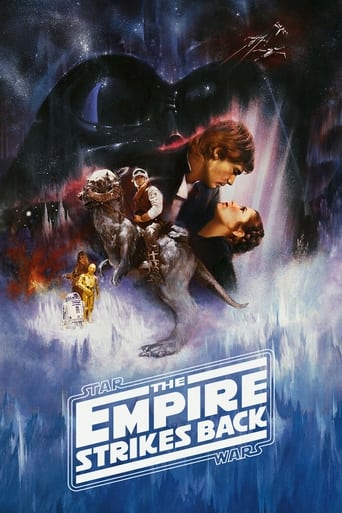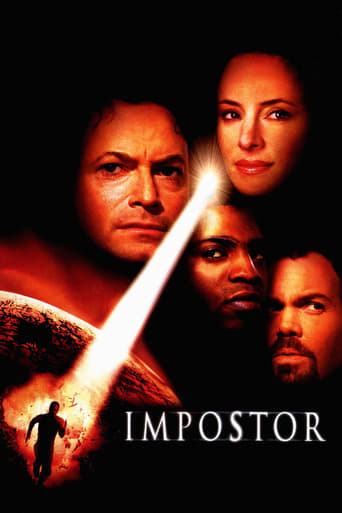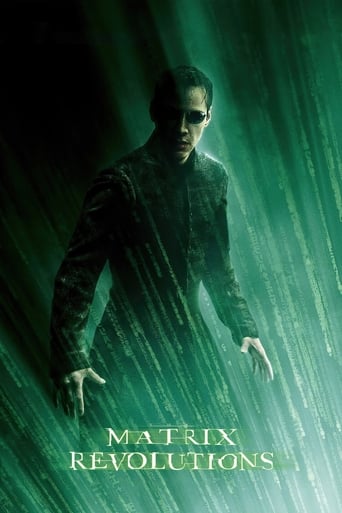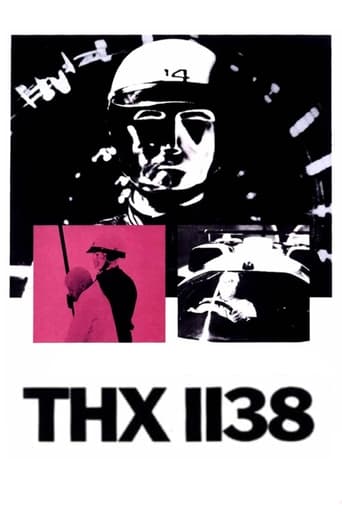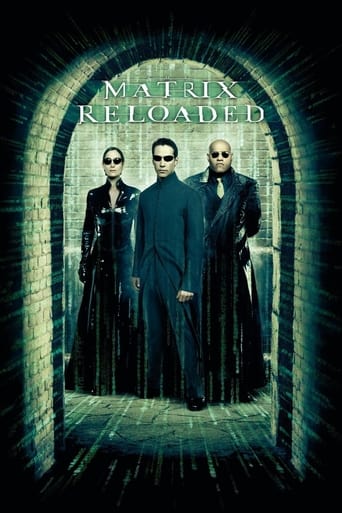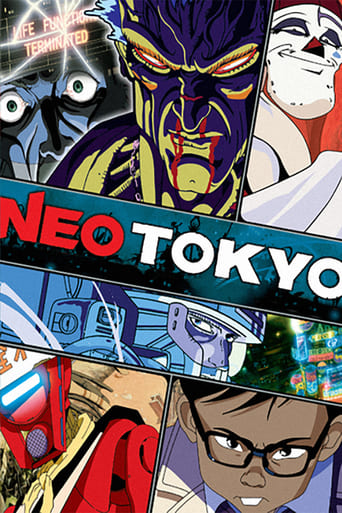

Neo Tokyo (1989)
A trilogy of separate stories. In "Labyrinth labyrinthos", a girl and her cat enter a strange world. In "Running Man", a racer takes on the ultimate opponent. In "Construction Cancellation Order", a man must shut down worker robots.
Watch Trailer
Cast




Similar titles
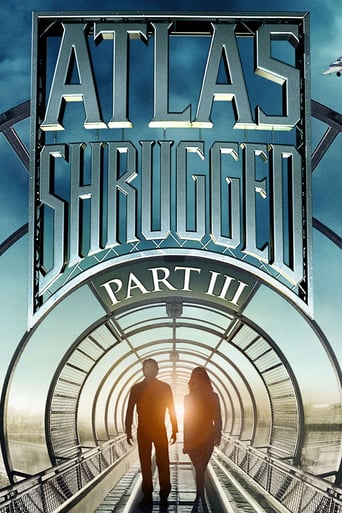
Reviews
Just like "Robot Carnival" or "Memories", "Neo Tokyo" it's an anthology anime film, that combines some shorts, each one of them with a different animation style. This experimental quality allows the animators of each short to do many things that couldn't be done in mainstream anime, with varying results, but it's always interesting to see something different.My favorite of the three shorts included in this anthology is the first one, "Labyrinth", directed by Rintaro( The same director of the "Metropolis" anime movie that was released in the year 2001) That short is not only beautifully animated, it also had an incredibly imaginative story filled with unpredictable events and a stylish atmosphere, being whimsical and somewhat creepy at the same time. The other two shorts ("The Order to Stop Construction" and "The Running Man") were quite good too, being very well animated, having atypical and fascinating story lines."Neo Tokyo" it's the kind of anime movie that leaves you wanting for more: For me, all the three shorts included in this anthology deserved an entire movie for each one of them.
I really enjoyed this. It had everything that Robot Carnival did not vibrancy, humour, charm, originality, and something interesting to offer. It also does not make the mistake of being too long. Though I wouldn't really call the majority of this OAV "experimental", this style of films, with quirky, avant-garde direction tend to get boring and repetitive over time. The three shorts that make up this collection keep it snappy, and sacrifice none of their brilliance for doing so.The opening feature, directed by the infamous Rintaro, sets the scene for a child's fantasy, only to twist in a morbid direction near the end to present the following two, darker tales.What is it about cats and anime/manga? They must surely be the most common animal/sidekick. The fat black example in this piece reminds me of the bad-ass star of the Legend of the Galactic Pirates, not to mention the brilliant What's Michael manga by Makoto Kobayashi. The piece presents a dreamy neko-fantasy world of childhood imagination and modern art. I was reminded of more of Rintaro and Madhouse's work, for example Doomed Megalopolis or CLAMP's Tokyo Babylon. I liked it a lot, though it did almost seem out of place in light of the second two episodes.The middle piece is easily the weakest, though not without it's charm. A well-used scenario in manga and anime forms the basis of Yoshiaki Kawajiri's (The Cockpit, Barefoot Gen) effort high-speed, deadly races. Think Battle Angel Alita/Ashen Victor, Venus Wars, etc. It is good, however. In fact it is almost terrifying in places. The plot revolves around a seasoned pilot of superstar status. He has stayed alive longer than most, and suffers terrible stress as a result. He also just happens to have extraordinary mental abilities. The idea is stupid and the plot is tired, but bear in mind that this is more than 20 years old now, and the scenery designs are poetic Japanese visions of the future at their best. Characters resemble the best aspects of The Legend of the Four Kings or Golgo 13, and the music is fitting, and good.Katsuhiro Ōtomo's short finishes the OAV. A lot of people go mental about this film from what I've read. It is indeed good, but comments like "a shorter Akira!!!" are wrong. The only real similarities are in the designs, and that's what happens when an anime director makes two films, dumbass.The Order to Stop Construction, as it is called, concerns another well used concept in Japanese media the tool becoming independent. Robots are employed to construct an immense complex in inhospitable climes, but someone gets their wires crossed (get it?) and the robotic interpretation of commands is not up for negotiation. Again, the scenery designs are fantastic intricate and gritty in typical Ōtomo style, and the characters and robots also carry his trademark blocky look. Scenes of rainforest are not often featured in Ōtomo's work, preferring as he does visions of the concrete jungle, but here they are beautiful, and sit comfortably with the huge structures of the project as the endless process of growth and regrowth characterized by the dumb robots as well. So beautiful, in fact, that I'm reminded of Kunihiko Yuyama's awesome Windaria. No small praise indeed.I was reminded of the existence of Neo Tokyo whilst researching Robot Carnival. Both are supposed to be "experimental anime" of a similar variety. That is wrong. The only thing the two anthologies have in common is the involvement of Katsuhiro Ōtomo. Robot Carnival sucks.Something else which Neo Tokyo achieves which Robot Carnival cannot, is that it hasn't aged. Whilst Robot Carnival had a soundtrack of 80s disco and designs of frumpy 80s Japan, Neo Tokyo has managed to avoid such rubbish, despite being made before the former. One thing it didn't get right, or rather we in the West didn't, was the dubbing. It's bloody awful, and I was thankful for the dual-language file. The acting is bad, and the actors are miscast. Douchebags.
So here's what you wanna do: get about ten people together and rent Heavy Metal and this. now your friends will have already seen Heavy Metal, but it's a safe bet they haven't seen Neo Tokyo. watch Heavy Metal first, it'll get them in the mood, and the right frame of mind for the second course. pop in Neo Tokyo and just watch as their jaws drop! it's a one-two punch that they'll not soon forget!one friend I did this double feature with hadn't seen either. needless to say, he's been catatonic since ;)
Before X, before Vampire Hunter D: Bloodlust, before Akira, there was Neo Tokyo, a fine blend of high-end animation and artistic expression, as well as experimentation. This is far from the typical "big eyes, small mouth" anime with big guns, big robots, and girls with big, um, "talents". In other words, this is not your younger siblings' anime.The first selection, "Labyrinth" by Rin Taro, is a child's imagination run wild. If Cirque de Soleil was animated, it would be this. A little girl and her faithful cat cross over into a bizarre world via a mirror and are entertained by a mime-like clown, a traveling circus, and a surreal world of high walls and mindboggling imagery. Much like the imagination of a child, this is not a short to be analyzed, picked over, and dissected. "Labyrinth" is meant to be simply enjoyed. Other than the basic storyline, the short bounces around at a moment's notice from one scene to another and doesn't seem to fit together at all, but in the end it does. This piece is what I like to call "moving artwork". Several of the scenes could be plucked from the screen and hung on a wall.The second short was a favourite of MTV's "Liquid Television" in the early 90's. Yoshiaki Kawajiri's "The Running Man" tells the story of a driver who has been surviving death-defying form of racing for ten years. It's a brilliant accomplishment and unfortunately, one that's been wearing on him, since other drivers are dead in a year. A reporter begins covering the driver's unstoppable career and accidently discovers why this man always wins. Finally, the stress of tempting death night after night breaks him and in an instant, all hell breaks loose. The design of the characters is very realistic, atypical for early to mid-80's anime. The speed and look of the racing vehicles is fluid and the piece is never boring, even sticking around with you after the very end. Despite the morbid nature of this short, I honestly believe that "The Running Man" should be part of Speedvision's Lost Drive-In collection.The finale could easily be subtitled "The Akira Experiment Project". Three years before he would reshape the world of anime forever, Katsuhiro Otomo wrote and directed "The Order To Stop Construction", the tale of a hapless Japanese executive sent to shut down an overblown project in a tropical rainforest powered by robots and void of humans. Unfortunately, what stands between him and his orders is a foreman robot on a strict work schedule that it is hellbent on keeping, so much that the last human sent to supervise the place has disappeared without a trace. Despite the fact that the worker robots and the machines they operate keep exploding day in and day out, the foreman is convinced that if the others work just a little bit harder, it can meet the ever important deadline and nothing is going to stop that, including the human sent out to do so. Every element of "Akira" can be seen here, from character and vehicle designs to pipe movements and mud bubbles. It's like watching a mini-version of "Akira" without any psychic goings-on. Also like "Akira", "The Order To Stop Construction" is also a bit of social satire, making fun of the important and somewhat overbearing work ethic of the Japanese. My only complaint is the dubbing. The original Japanese language with subtitles would have added a bit more to this instead of the weak English voice-acting. This short would have been a fun addition to the "Akira" special addition recently released, as well as an important one.This fine, yet brief, collection of mid-80's animation from Japan is definitely worthy of DVD consideration and it's a shame that it hasn't received one as of yet.



